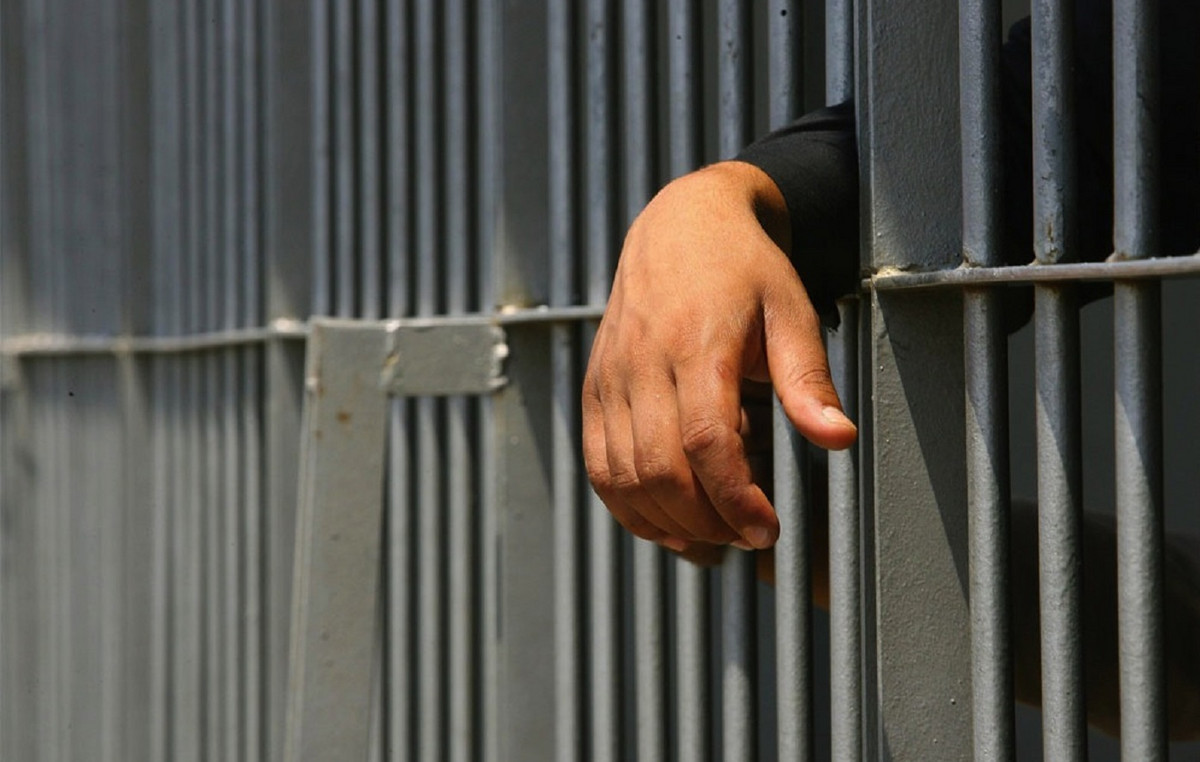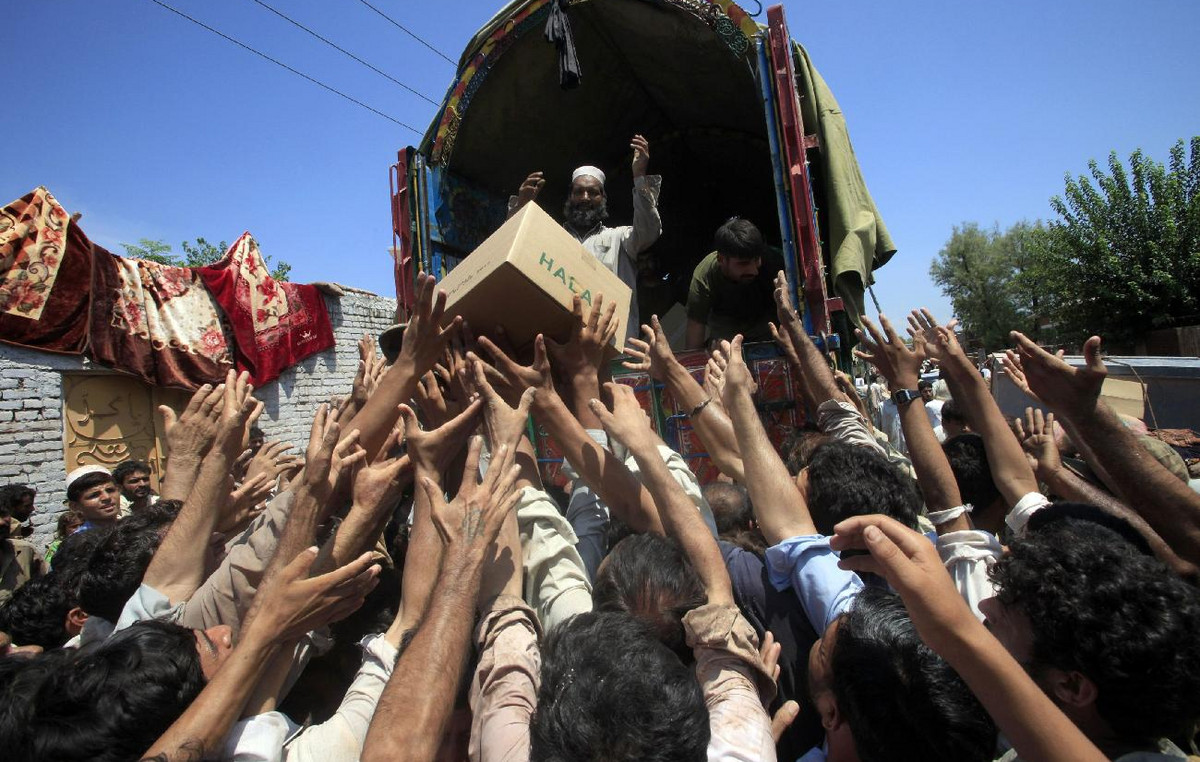Residents of a coastal town in Madagascar – which was hit by Cyclone Batsirai over the weekend – were rummaging through the wreckage of their homes on Monday, collecting wet clothes and anything else worth salvaging.
The cyclone killed 21 people and displaced more than 60,000 after hitting the Indian Ocean island on Saturday night, toppling homes and power lines along the southeastern coast until moving away late on Sunday.
It also destroyed rice, fruit and vegetable crops that were about to be harvested, exacerbating food shortages in an area already suffering from the consequences of a severe drought, the United Nations food aid agency said.
In Mananjary, one of the worst-affected cities, many houses were completely razed to the ground, while others still had their walls standing but no roofs. Debris and uprooted palms lying on their sides were everywhere.
“My house started to crack and we had to leave, all of a sudden it collapsed,” said resident Sezie Kajy, who was picking up clothes from her dilapidated house.
She said she and other local people went to a school that was designated as an evacuation center, but the roof of the building was ripped off, so they were stuck outdoors.
“We were in a bad situation, all the houses were destroyed. The river water and the sea water rose, all the houses collapsed, we were very scared.”
The state disaster relief agency said more than 14,000 families, or more than 70,000 people in total, had seen their homes damaged or destroyed.
Of those, about 62,000 were in shelters, while another 8,000 were out in the open or with relatives.
plantations destroyed
With a population of nearly 30 million, Madagascar was already dealing with the aftermath of Cyclone Ana, which had killed 55 people and displaced 130,000 just two weeks earlier.
Cyclone Batsirai hit another part of the island, further south, where the population faces a precarious situation in terms of food supplies because of a severe drought.
“The impact was severe and we are still counting casualties,” said Pasqualina Di Sirio, national director of the United Nations World Food Program in Madagascar.
She said the destruction of rice fields so close to harvest has worsened the situation and will be felt for six months. The fruit and vegetable stains were also destroyed.
Emergency rescue teams were struggling to reach the worst-affected areas because 12 roads and 14 bridges were impassable, while rising river levels threatened to displace more people, officials said.
The state aid agency said more than 200 schools were partially or completely destroyed, leaving more than 10,000 children unable to attend classes.
President Andry Rajoelina flew to Mananjary, normally about 500 km (300 mi) by road southeast of Antananarivo. Overland routes to Mananjary were cut off due to flooding.
Rajoelina said on Facebook that he went to see for himself what was needed in terms of help.
Source: CNN Brasil
I’m James Harper, a highly experienced and accomplished news writer for World Stock Market. I have been writing in the Politics section of the website for over five years, providing readers with up-to-date and insightful information about current events in politics. My work is widely read and respected by many industry professionals as well as laymen.







